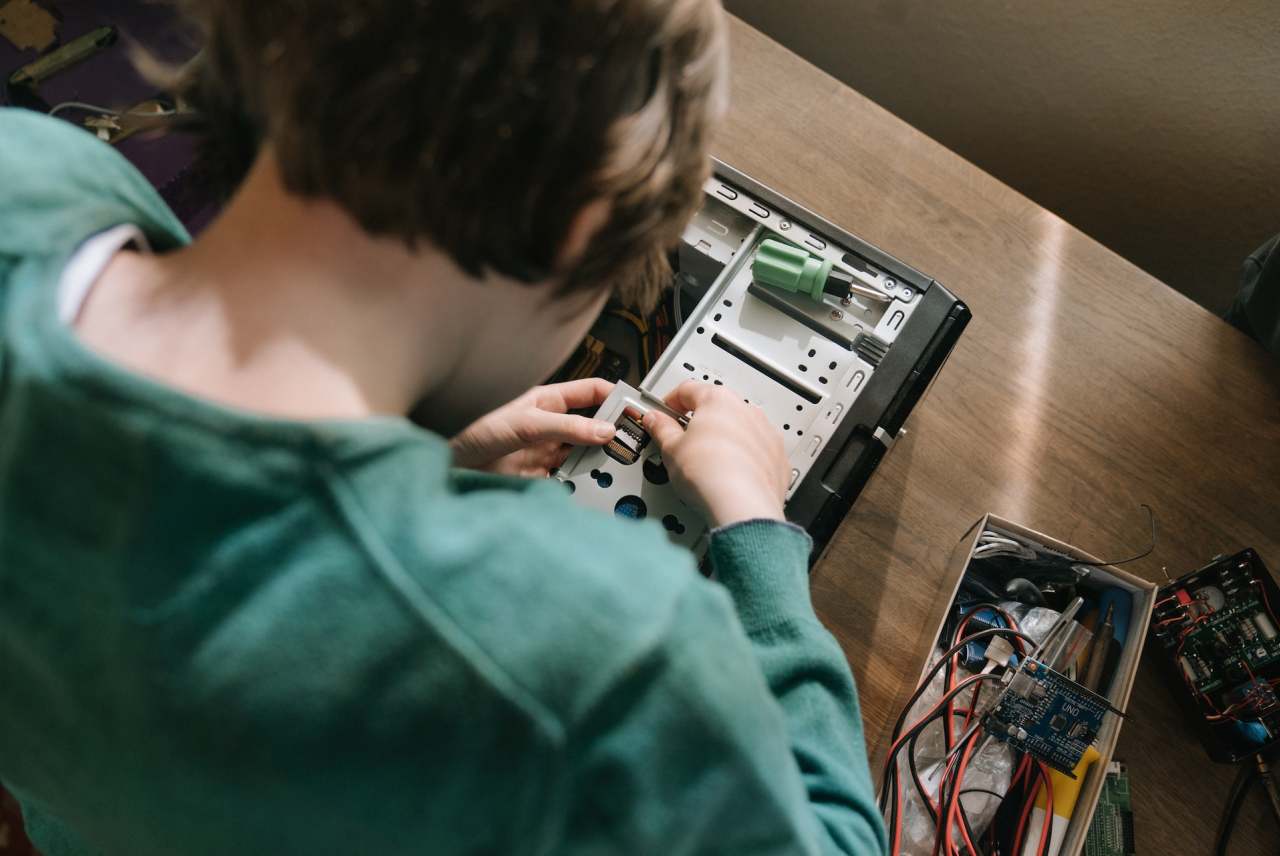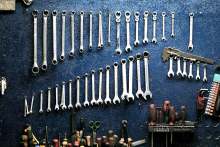Every time we throw electrical products away, we waste precious metals and other resources and, if we buy a new product to replace it, we increase our carbon footprint.
An important part of reducing our climate impact therefore is to look at reducing the amount of electrical items thrown away.
We produce 57 million tonnes of electronic waste every year from thrown away laptops, phones and other products worldwide. That’s equivalent to more than the weight of the Great Wall of China.
Reduce electronic waste
Many items are thrown away long before they need to be. In fact, one London charity recently surveyed almost 600 items bought for recycling and found that almost half could be immediately reused or needed only minor repairs. By continuing to use them ourselves, repairing or selling them on, we can increase the lifespan of our electronics goods and reduce the amount we buy.
When thinking about the carbon footprint of an item, it’s useful to think about the emissions from both its manufacture and its use. For almost all technologies, the carbon footprint from manufacturing a product is far far greater than for the whole time it is in use. That means that it isn’t worth replacing your phone, laptop or even your TV before it breaks even though newer models can be more energy efficient.
If something does break, before replacing it immediately, think about how often you use it.
Some electrical items we might only use a couple of times a year, for example a power drill, and you may be able to borrow one informally from a friend or neighbour, or use a local Library of Things if there is one near where you live. Our directory of Library of Things has over 50 entries across Britain. By borrowing an item you are helping reduce the environmental waste of electrical goods.







